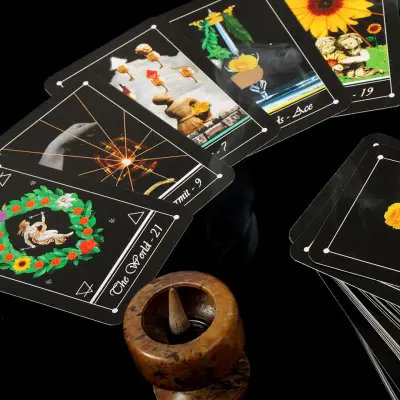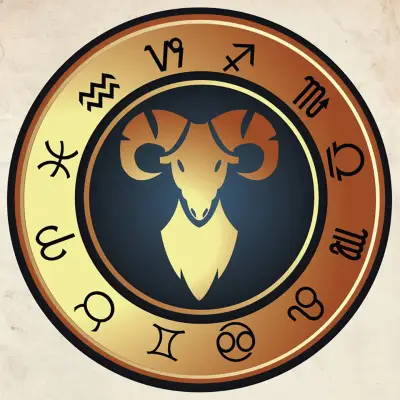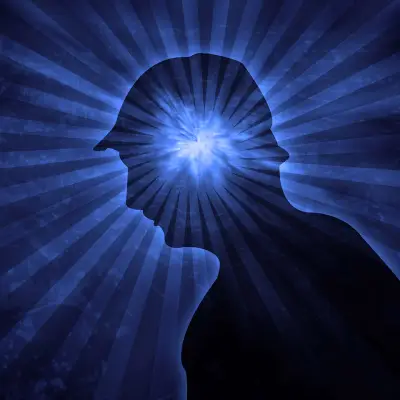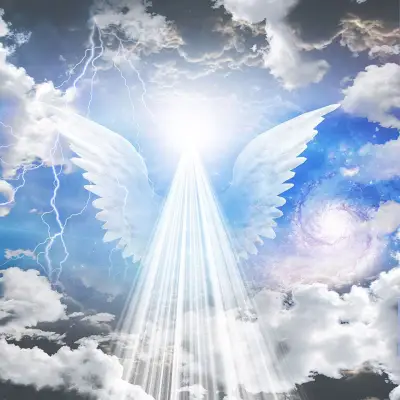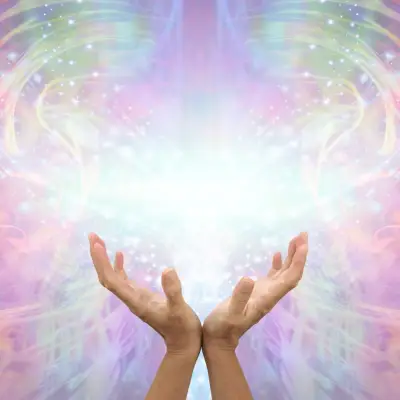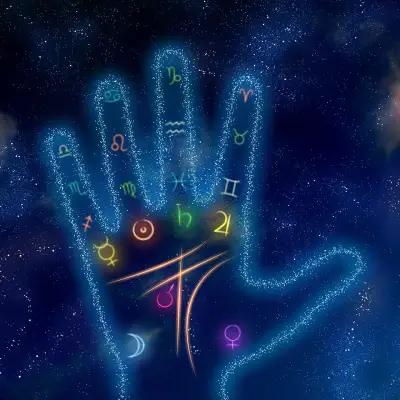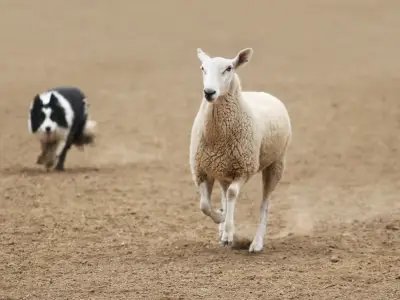Tales of dragons have been told for thousands of years, threaded throughout the ancient legends of Mesopotamia, China, India, Egypt, Greece, and Britain. Even today, they are highly prevalent within modern culture, appearing within both works of fiction and as part of art and aesthetic designs. But whilst you might know lots about J.R.R Tolkien’s Smaug, the Hungarian Horntail of Harry Potter, or the dragons of Westeros, just how much do you know about dragons in the mythological (or even real!) world?
Jump to:
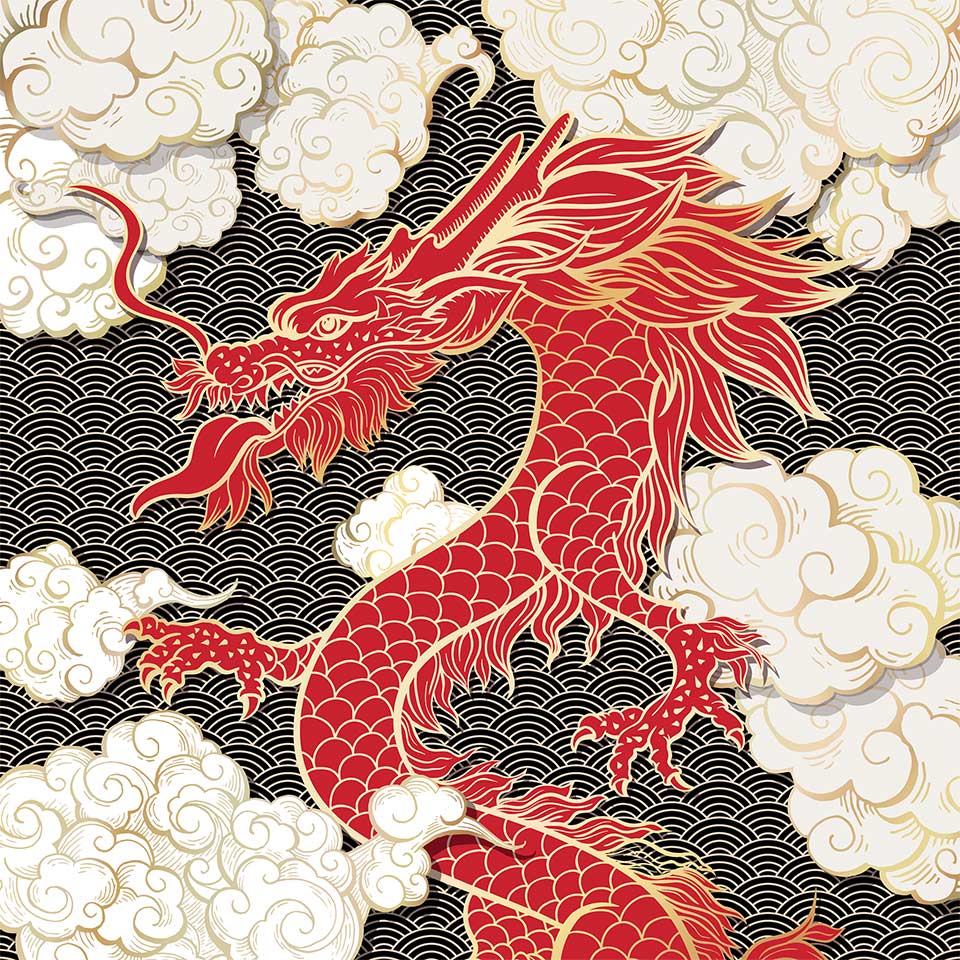
Mythical Dragons
Mediaeval legend tells of a fearsome serpentine beast known as the Lindwurm that devoured people and livestock in the marshes near Klagenfurt, Austria. A local ruler was called upon to slay the creature, and - after many unsuccessful attempts - he was finally able to mount its head on the wall of the town hall. The supposed remains of this animal were later identified as belonging to a fossilised woolly rhinoceros/mammoth, but the evolution of the “dragon” within the tale is interesting. Originally just a large water snake, the coat of arms of Klagenfurt embellished this over time, turning it into a chimaera-like figure with the characteristics of several animals, and then into the typical airborne fire-breather that we know and love today.
Clearly, the idea of dragons has changed a lot over time!
Recommended for you!
Best SellersThe general idea of dragons as large serpent-like creatures is a fairly common one throughout history (the Greek word drakōn usually denoted a sea serpent), although other specifics, and whether or not they were hostile or benevolent, depended entirely on the mythology in question. Middle Eastern dragons tended to take the form of large and deadly serpents, and were symbolic of evil. This is probably why the serpentine Egyptian god Apepi was linked with the world of darkness. However, the Greeks and Romans sometimes spoke of drakontes as dwelling in the innermost parts of the earth, and actually viewed them as sources of good that were of great help. The rise of Christianity probably helped to solidify the western tendency towards thinking of dragons as malevolent, as they became linked with Satan and the concept of sin.
However, the dragons of Asia never lost their prestigious status as beneficents. The Chinese dragon, lung, is a potent cosmological symbol, and was used as an emblem of the imperial family, and even seen upon the Chinese flag until 1911. Chinese dragons are usually associated with water and rainfall, and are thought to be lucky. The migration of this type of dragon to Japan (in the form of Ryū or Tatsu) meant that both cultures held true to the idea of an airborne - but wingless - dragon with antler-like horns, and they were later deified as part of Daoism. Dragons also feature within the ancient mythologies of Korea, India and Vietnam.
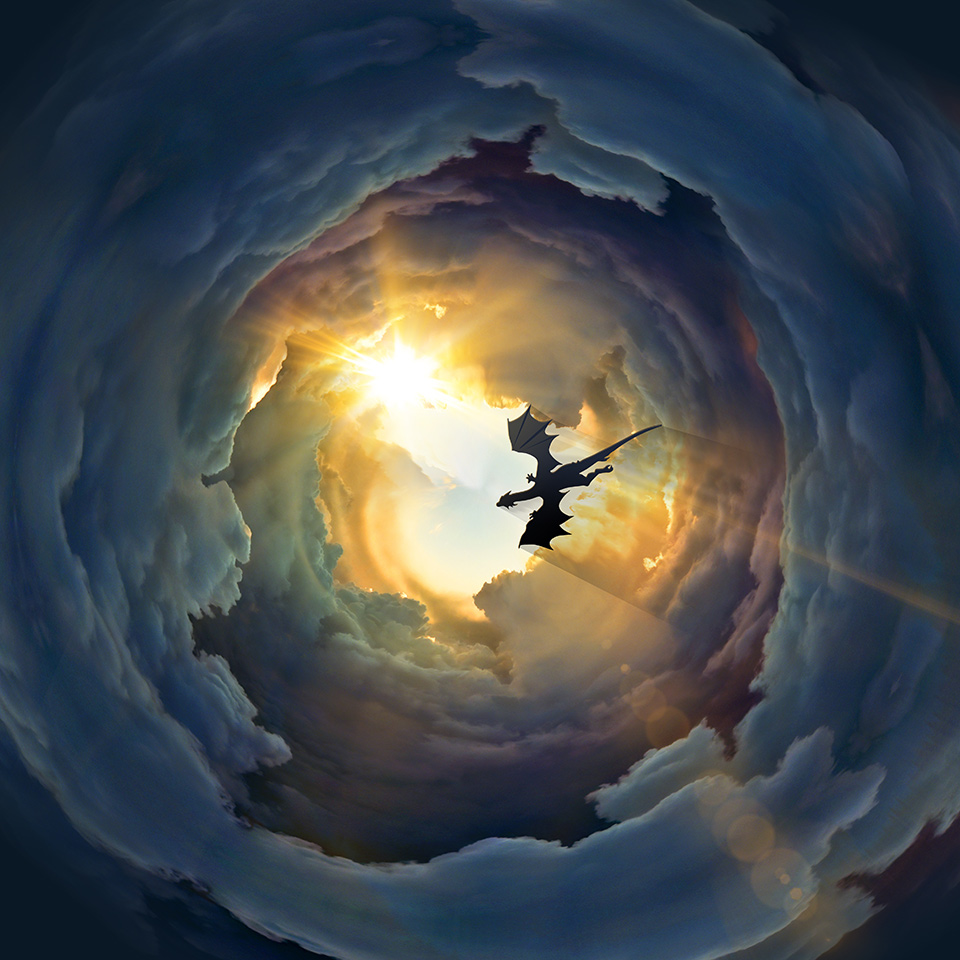
Although dragons were usually broadly serpentine, the exact degree could vary greatly. Some of the most famous mythological dragons include:
Fáfnir
Hailing from the Nordic Volsunga Saga, Fáfnir was originally something akin to a dwarf, but - as a result of a grim tale featuring cursed gold and the murder of several of his family members - he was turned into a dragon as a result of his lust for gold. He bore the scaly skin, four legs and wings of a “modern” dragon, and was slain by the hero, Sigurd.
The Hydra
The many-headed immortal water dragon of Greek mythology, ultimately killed by Herakles during the second of his twelve labours. Although its one immortal head was buried by Herakles to prevent it from reattaching itself to its body, the creature lived on amid the constellations, and its poisonous blood was ultimately used to bring about Herakles’ end.
Apepi
The aforementioned Egyptian serpentine deity, and the embodiment of chaos. Apepi came from Ra’s umbilical cord, and sought to destroy the sun god every night when his solar vessel entered the land of the dead after sunset. Every night, Ra and the deities or priests who aided him proved victorious, but Apepi would always be lying in wait once again when the sun set.
Yamato No Orochi
An eight-headed, eight-tailed dragon from Japanese mythology that was as long as eight valleys and eight hills. Orochi preyed upon various earthly deities, but was killed by the hero Susanoo after he was tricked into entering a drunken sleep. Susanoo’s blade - the Kusanagi-no-Tsurugi - came from Orochi’s tail, and became one of Japan’s Imperial Regalia.
Tiamat
The primordial sea goddess of ancient Mesopotamia, and a sea serpent, Tiamat plays a large role in the creation myth of this part of the world. From her, the gods Lahmu and Lahamu came, and after her murder her ribs became heaven and earth, her crying eyes became the rivers Tigris and Euphrates, and her tail became the Milky Way.
Jormungandr
The world (or Midgard) serpent of Norse mythology, and a child of the trickster god, Loki. Jormungandr lay coiled at the bottom of the ocean, and was famously fished for by Thor. The serpent and the son of Odin had an ongoing rivalry and, within the Ragnarok event, Jormungandr is responsible for Thor’s death, although he is himself crushed by the thunder god.
Y Ddraig Goch
The famous red dragon of Wales. Representing the Welsh and Celtic Britons, it was locked in battle beneath the hills with the white dragon of the Saxons, and these twin titans were the reason why King Vortigern’s citadel kept collapsing. It was said that, although the white dragon would claim a few skirmishes, the red dragon - and the Britons - would ultimately win.
Quetzalcóatl
The “feathered serpent” of Aztec mythology, and the creator of humanity. He was also the god of the morning and evening star, learning, writing, and books, among many other things. Quetzalcóatl was known to appear as a man with a feathered headdress, and - rather charmingly - taught the Toltec women how to make drinking chocolate from the cacao tree!
The Dragon of St. George
The vicious beast who terrorised a town by exacting tribute from its residents: firstly in the form of livestock and trinkets, and then in the form of human life. However, the dragon famously overstepped its means when it demanded the life of a princess, leading St. George to ride to the rescue and kill it. In gratitude, the whole town converted to Christianity.
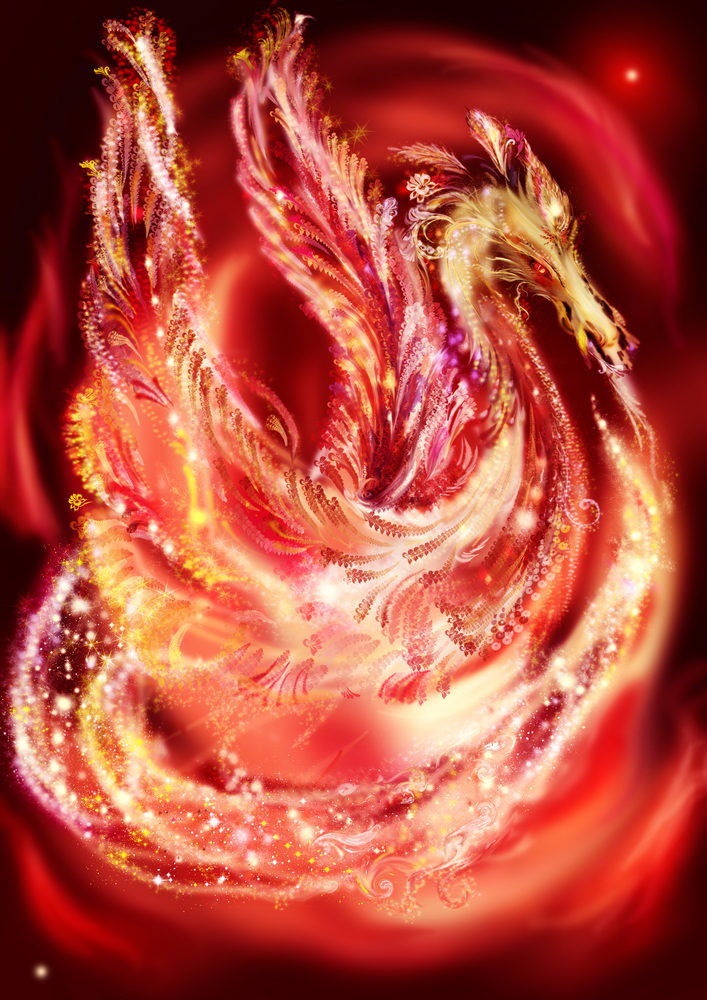
Are Dragons Real?
The answer to this question is ‘it depends what you mean by the word “dragon”’!
If we’re thinking about the majestic winged reptiles of western legend that spew fire from their mouths, then the answer - at least in a literal sense - is almost certainly “no”. Although some of the prehistoric flying reptiles known as pterosaurs stood as tall as a giraffe and had a wingspan of more than 10 metres, there’s no evidence for anything as bulky as a dragon ever taking to our skies. The various fossils of dragons - western, Chinese or otherwise - that have cropped up throughout history are easily explained by the existence of giant prehistoric mammals and reptiles.
However, before you’re too discouraged, don’t readily dismiss the many creatures of prehistory that would be more than worthy enough to be dubbed as “dragons”. Giant pterosaurs like Quetzalcoatlus are an obvious parallel, but the marine lizards known as Mosasaurs could exceed 50 m long, and surely deserve the title of “sea dragons”. And, of course, who would deny the similarities between mythological dragons and the dinosaurs that ruled our planet for over 140 million years.
Moreover, spare a thought for the real-life dragons of the natural world. Lizards with the genus Draco may not quite live up to the beasts of legend, but they come pretty close:
- Flying “dragons” in Asia and India can glide for over 20m by using thin flaps of skin that serve as “wings”. Not bad for something that’s only 20 cm long!
- Komodo dragons of Indonesia can grow beyond 3m in length and weigh over 160 kg, and are equipped with a venomous bite that’s lethal. They also use their long tongues to pick up smells in the air from a mile away.
There is also the widespread notion of spiritual and cosmic source dragons to consider. Literal dragons may never have roamed our world, but the myths and legends that surround them can serve as ways to connect and work with your own dragon to make significant changes to your life. For just £37 (save £110!), our Dragons and Dragon Energy Course will show you how to become aware of the “bigger picture” of life and how dragons protect us, going on to teach you how to centre yourself and tame your dragon, or even use a dragon spell. You’ll also be shown how the messages of tarot and oracle cards fit into this fascinating topic, allowing you to self-empower and feel your personal dragon’s energy!
